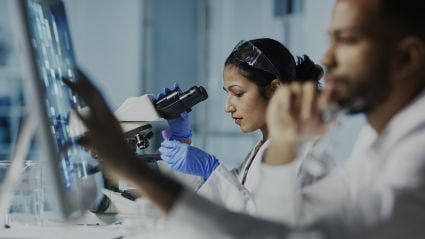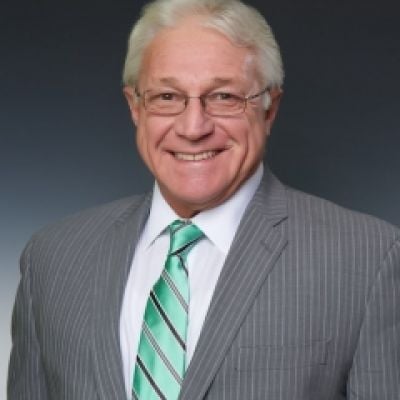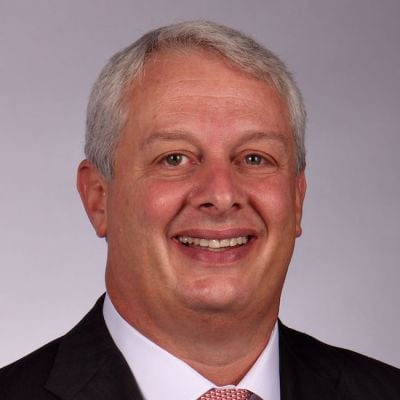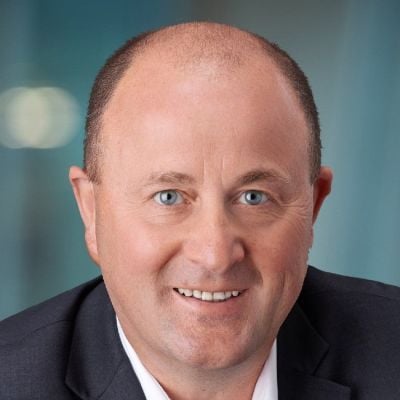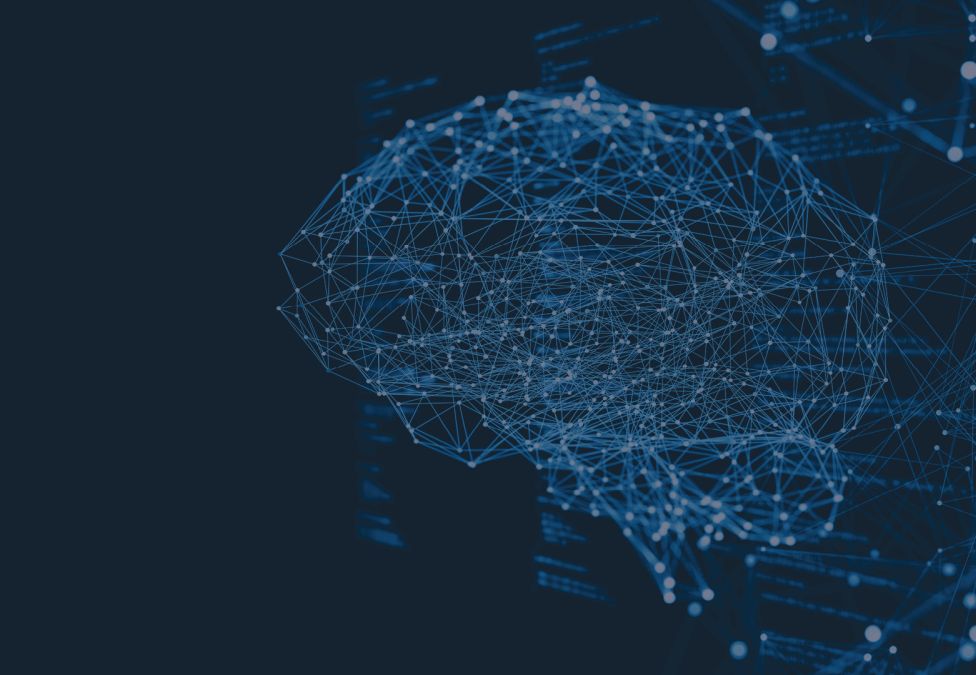
Our country remains in the grips of an opioid crisis claiming more than 100,000 lives every year. Rising mortality associated with drug addiction and excessive drinking is among the major factors contributing to declining life expectancy. And sadly, the treatments that exist—including medications, in the case of opioid- and alcohol-use disorders—help only a fraction of those who could benefit from them.
The need for new treatments is real and urgent. One aspect of hope amid the tragedy is that the crisis has spurred unprecedented resources and human ingenuity toward finding novel scientific solutions that may one day make addiction a thing of the past.
In the field of substance use and addiction, we have been careful to talk about the management of substance use disorders and the often-difficult road to recovery. Still, we seldom talk about curing these disorders. But recent discoveries and innovations are pointing to astonishing new possibilities for directly intervening in brain circuitry involved in addiction that, if realized, might amount to something like a cure.
Novel technologies provide great hope for the millions of people who struggle with addiction.
Here’s an example. A year ago, a multinational team published a landmark analysis of people who smoked cigarettes and experienced damage to various parts of their brain as a result of strokes. Individuals with lesions in areas that had in common a specific pattern of connectivity to a region called the insula stopped smoking altogether after their stroke. This study helped delineate key nodes in the brain that were associated with remission from nicotine addiction. These nodes were also associated with reduced risk of alcohol addiction.
Technologies known as neuromodulation now enable us to alter activity in these and other brain areas without harming them. Transcranial magnetic stimulation (TMS), in which magnetic fields are applied to the scalp to affect activity in the cortex, is already approved by the Food and Drug Administration (FDA) for the treatment of major depression and migraine pain, and the FDA has cleared TMS devices for obsessive-compulsive disorder and smoking cessation.
TMS cannot reach some of the limbic areas (like the nucleus accumbens) that are implicated in addictive disorders, but another method called deep brain stimulation (DBS), which uses electrodes placed in more remote brain areas to deliver electrical current, can. Clinical trials are now ongoing or recruiting that apply DBS to the nucleus accumbens to treat addiction to opioids, alcohol, or methamphetamine.
Closed-loop brain-machine interfaces have been used successfully with DBS to treat movement disorders like Parkinson’s. Activity in movement-involved brain regions is recorded by an electrode, and a critical signal triggers an electric current to reduce tremors. A recent preclinical study used a similar responsive intervention in rats to control pain, and a model for using such an approach in addiction was provided in a recent small pilot study using deep brain stimulation in the treatment of two people with binge-eating disorders. Brain activity associated with food craving triggered the delivery of electrical current into the nucleus accumbens and quelled their cravings. Over six months, the participants experienced improved self-control over their eating, and they lost weight.
What if brain regions that control drug cravings could be targeted in real time, right when an individual recovering from an addiction was experiencing triggers and was in danger of relapsing? Better yet, what if we could do it without the need of planting electrodes?
One of the most exciting recent advances in neuromodulation is a method that uses low-intensity focused ultrasound instead of magnetic fields or electric current. Unlike those approaches, ultrasound can target areas deep inside the brain but is totally noninvasive. Focused ultrasound is already FDA-approved in treating tremors associated with Parkinson’s, and trials are being conducted using low-intensity ultrasound to treat people with opioid-use disorder.
Closed-loop brain-machine interfaces utilizing ultrasound could potentially open up a whole new terrain of addiction management, one that could perhaps even involve wearable devices to deliver needed intervention in real time.
Could such an approach offer a potential cure for substance use disorders? Maybe, one day. And it is only one of many exciting avenues of research being pursued to address the current crisis. These novel technologies provide great hope for the millions of people who struggle with addiction in America and worldwide.







